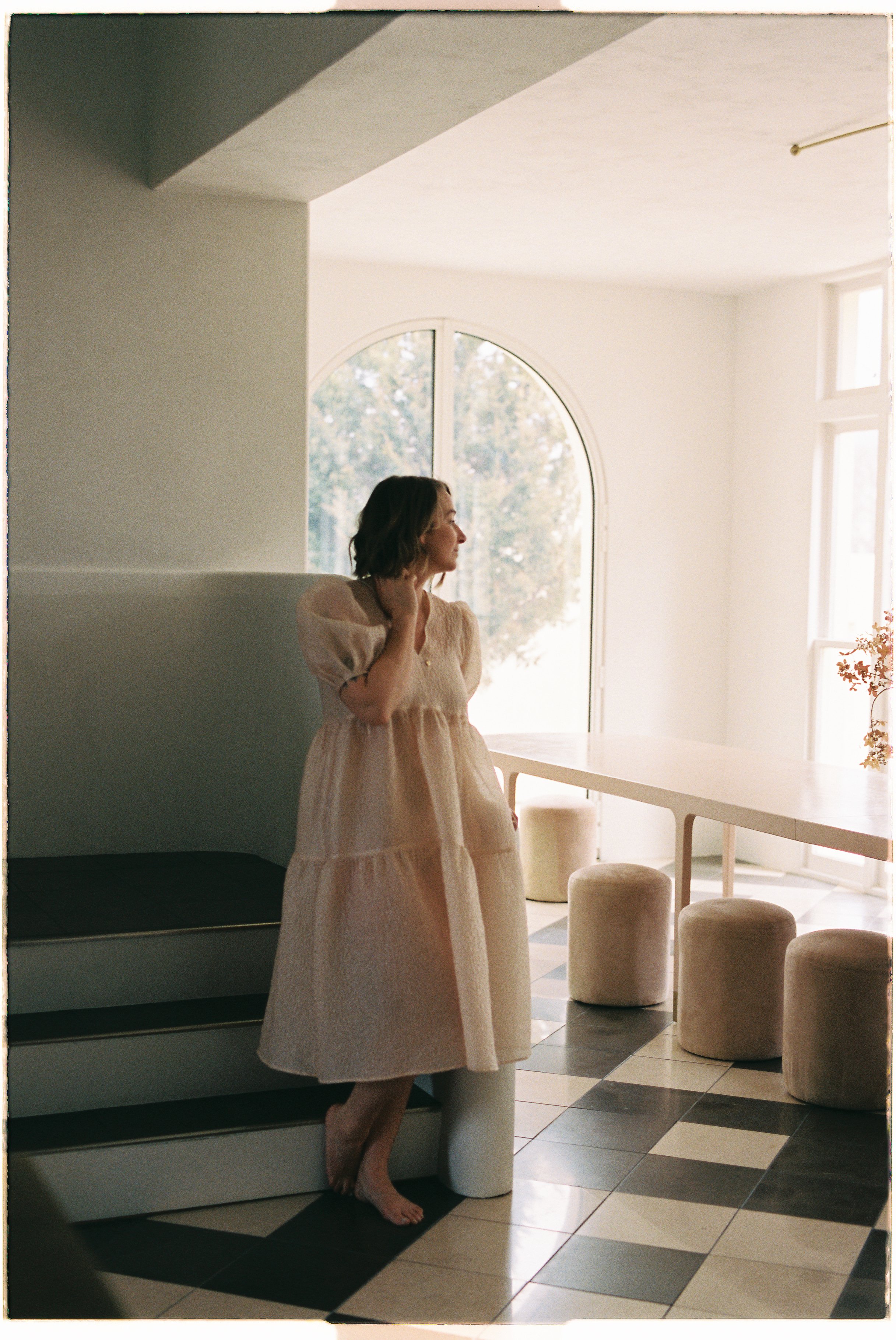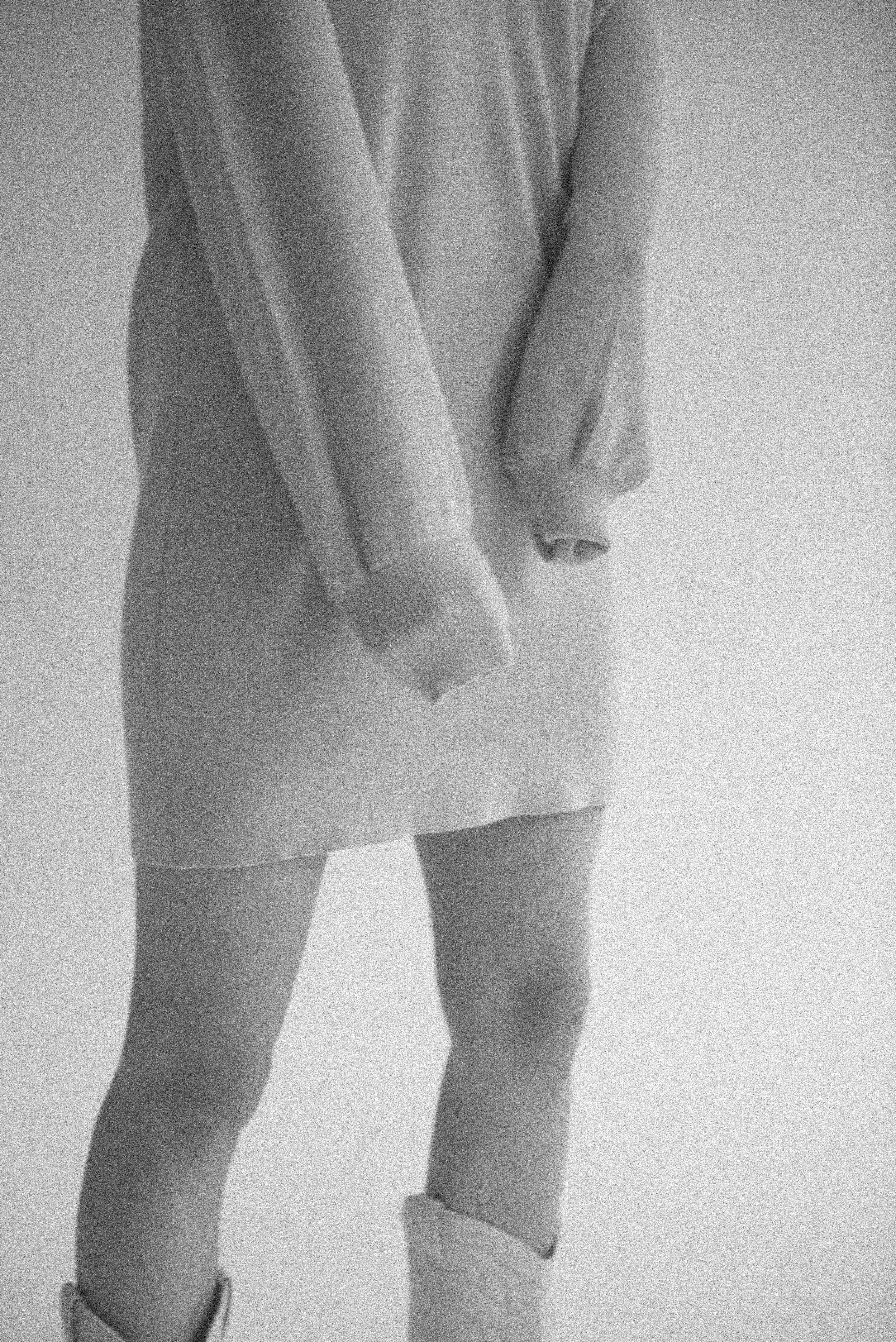Mastering the Balance: Tips for Integrating Stock and Custom Brand Photography
Unlocking the secrets to harmoniously integrating stock and custom photos for a compelling brand narrative.
In today's digital age, visuals play a pivotal role in shaping a brand's identity and connecting with its audience. While custom brand photos offer authenticity, stock photos provide versatility. But how do you strike the right balance between the two? We’ve already explored the pros and cons of using both stock and custom brand photography to craft your brand’s visual narrative, shared our favourite sources for elevated stock photos and in this article, we delve deep into the art of blending stock and custom photos, offering tips on finding brand-aligned stock images and insights on when to use each type of photo for a holistic visual brand experience.
Tips on Finding Brand-Aligned Stock Photos:
NO. 01
Define Your Brand's Visual Strategy
Before even starting your stock photo search, it’s essential to have a clear understanding of your brand's visual strategy. This includes your brand's color palette, tone words, mood, visual themes, design elements and overall aesthetic.
Need help with this? We can help you craft a visual strategy in a day with a design intensive, or you can sign up for the waitlist for the visual strategy masterclass, which is currently getting a refresh but will be relaunching soon under a new name!
NO. 02
Use Specific Keywords
When searching for stock photos, use specific keywords that align with your brand and the message you want to convey. For instance, if your brand has a vintage feel, search for "vintage office" rather than just "office."
NO. 03
Prioritize Authenticity
Choose stock photos that feel genuine and authentic. Avoid overly staged or generic images that might not resonate with your audience.
NO. 04
Check Licensing:
Always ensure that the stock photos you choose have the appropriate licensing for your intended use. Some photos might have restrictions on commercial use or modifications.
NO. 05
Consistency is Key
Even when using stock photos, aim for consistency in style, color, and mood. This ensures that your brand's visual narrative remains cohesive.
NO. 06
Consider the Source
Not all stock photo websites are created equal. Some platforms might have a unique collection that aligns better with your brand's aesthetic. It's worth exploring multiple sources, and always ensuring you’re keeping your brand’s visual strategy at the core.
NO. 07
Customize When Necessary
Don't be afraid to customize stock photos to better fit your brand. This could mean adding filters, cropping, or overlaying text. However, always ensure you're adhering to licensing agreements.
NO. 08
Stay Updated
Stock photo collections are continuously updated. Regularly check your favorite platforms for new images that align with your brand. We’d recommend setting aside time on a regular basis to check your go-to sites (you can find a comprehensive list and breakdown of ours here), to make lists of favourites or download and save aligned images to a master folder or library of brand content.
NO. 09
Avoid Overused Images
Some stock photos become popular and are used by multiple brands. Try to find unique images that haven't been overused to maintain a fresh and distinct brand image.
NO. 10
Consider the Full Brand Experience
It’s important to pay attention to the full visual experience of your brand to ensure there’s cohesion between every element but also variety. We like to have a master brand moodboard and visual strategy where we can mix the brand identity, custom photos and stock photos to ensure everything is working together to tell the whole visual brand story and doesn’t stick out.
Incorporating these tips can help brands effectively use stock photos alongside custom brand photos to create a holistic and resonant visual narrative.
Stock Photos and Custom Brand Photography: Finding the Balance
Balancing stock photos with custom brand photography is crucial for a holistic visual brand experience. Here are some tips and insights on achieving this balance and determining when to use each:
NO. 01
Determine the Purpose
Stock Photos: Best for generic needs like blog post headers, background images, or when you need a quick visual without specific brand elements.
Custom Brand Photos: Essential for brand-specific content like product shots, photos that show off your space (an office, studio, or store, for example), team photos, or any visual that needs to convey the unique essence of your brand.
NO. 02
Budget Considerations
Stock Photos: More budget-friendly and can be a great solution for startups or brands with limited funds.
Custom Brand Photos: Require a higher investment but offer unique, tailored visuals that can set your brand apart.
NO. 03
Authenticity and Connection
Stock Photos: While there are authentic stock photos available, they might not always resonate deeply with your brand's specific narrative. However, with careful selection, you can find stock photos that align closely with your brand's narrative and evoke the desired emotions.
Custom Brand Photos: Offer a genuine representation of your brand, allowing for a deeper emotional connection with the audience.
NO. 04
Consistency in Branding
Stock Photos: Ensure that the stock photos you choose align with your brand's color palette, mood, and style to maintain consistency. To achieve this, create a set of guidelines or criteria that stock photos must meet before they're selected.
Custom Brand Photos: Naturally align with your brand, ensuring a cohesive look and feel across all platforms.
NO. 05
Content Flexibility
Stock Photos: Provide flexibility as they can be easily replaced or updated based on changing needs.
Custom Brand Photos: While they offer specificity, they might not be as flexible for sudden pivots or changes. However, they provide specificity that can't be achieved with stock photos, making them invaluable for certain brand narratives.
NO. 06
Exclusivity
Stock Photos: Risk of seeing the same image used by competitors or other brands.
Custom Brand Photos: Offer exclusivity, ensuring that the visuals are unique to your brand.
NO. 07
Time Sensitivity
Stock Photos: Ideal for immediate needs, especially when you don't have the time for a photoshoot.
Custom Brand Photos: Require planning, shooting, and post-production, making them more time-intensive.
NO. 08
Storytelling
Stock Photos: Can be used to supplement your brand's story, especially when a custom photo isn't available.
Custom Brand Photos: Perfect for core storytelling elements, showcasing the heart and soul of your brand.
NO. 09
Frequency of Updates
Stock Photos: Allow for frequent updates and refreshes, keeping the content dynamic.
Custom Brand Photos: Might not be updated as often due to the time and cost involved in producing them.
NO. 10
Integration Strategy
Consider integrating both types of photos in a single piece of content. For instance, a blog post can have a custom brand photo as the header and stock photos within the content to support the narrative.
By understanding the strengths and limitations of both stock and custom photos, brands can make informed decisions on how to use them effectively, ensuring a compelling and consistent visual narrative.
Tips for searching:
If you find an image you like, look further into the photographer and/or the shoot, as there are often more photos from that shoot, and there might be more you can use. Other images from the same photographer will also likely have a similar vibe, and might be a good way to lead you in the right direction and to create a cohesive look to your visuals.
Pay attention to your search terms, and look at how other tags are used so you can learn how to search better and find what you need.
Create saved collections, even if you don’t need it right now. It’ll help the algorithm get to know you, your eye and your preferences, and there might be an opportunity to use it down the line.
Remember you can crop things! Cropping can help focus on the essential parts of an image, eliminating distractions and ensuring alignment with your brand's message. Sometimes you just need a sliver of something, or it’s mostly covered or being used as a background in a graphic, so think outside the box about how you might be able to edit it to serve your needs.
Use your tone words to search and remember that clarity around your brand will help when you’re trying to find photos. Additionally, using synonyms or related terms can expand your search results, giving you a broader selection to choose from. Spending some time putting together a visual strategy (or hiring someone to do that, hi!), will lead to much better results.
Balancing stock photos with custom brand photography is an art. While stock photos offer versatility and cost-effectiveness, custom photos bring authenticity and uniqueness. By understanding when and how to use each, brands can craft a compelling visual narrative that resonates with their audience and stands out in the digital landscape.









